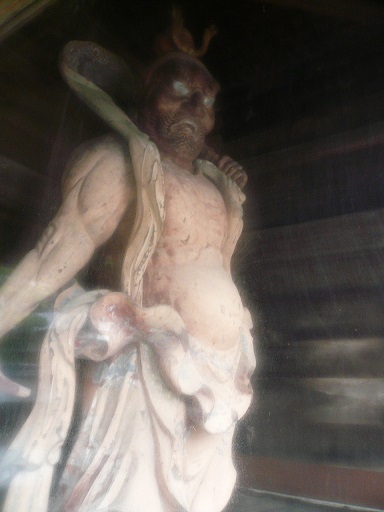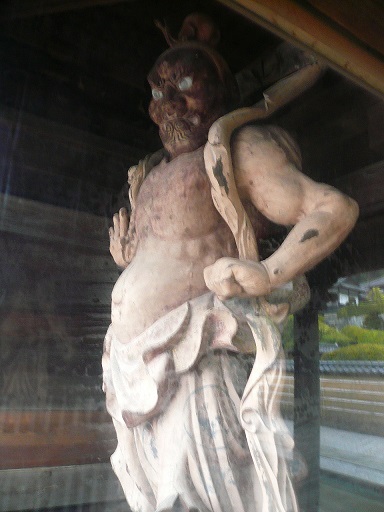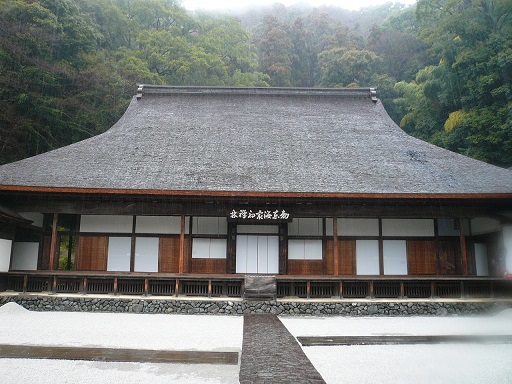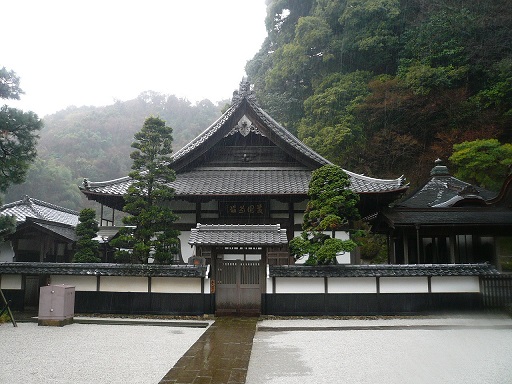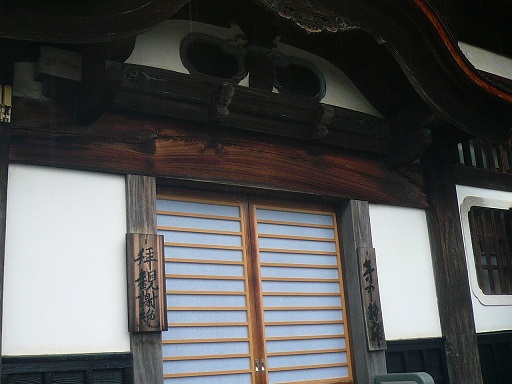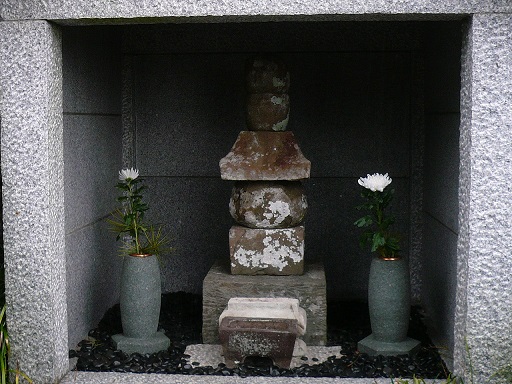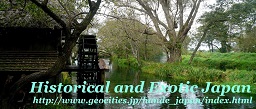|
Rinzaiji Temple in Shizuoka
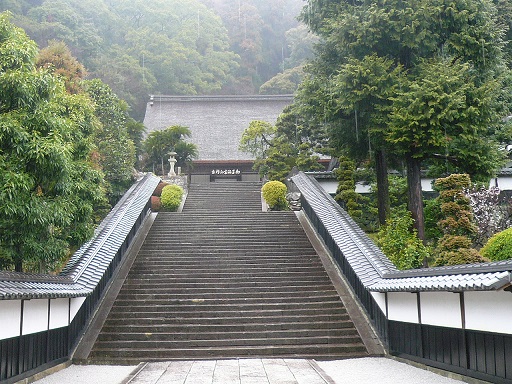
Shizuoka is the seat of the prefecture government of Shizuoka. In the middle age, the IMAGAWA Clan was the "Shugo" of the current area of Shizuoka Prefecture. "Shugo" was a governor of each province in the middle age of Japan, dispatched by the "Kamakura Bakufu" in the Kamakura Age (1185 - 1333) and "Muromachi Bakufu" in the Muromachi Age (1333 - 1573) .Rinzaiji Temple was originally built by IMAGAWA Ujichika (1471 - 1529) for his son, IMAGAWA Yoshimoto (1519 - 1560) . It is considered the temple was built between 1528 and 1531.When IMAGAWA Ujiteru (1513 - 1536) , who was the eleventh head of the IMAGAWA Clan and was a brother of IMAGAWA Yoshimoto, died, he was buried at this temple, and the name of temple became "Rinzaiji Temple" in 1536.Rinzaiji Temple is located at the foot of Mt. Shizuhata, which surrounds downtown Shizuoka City. You will see the Deva Gate at the entrance of Rinzaiji Temple. 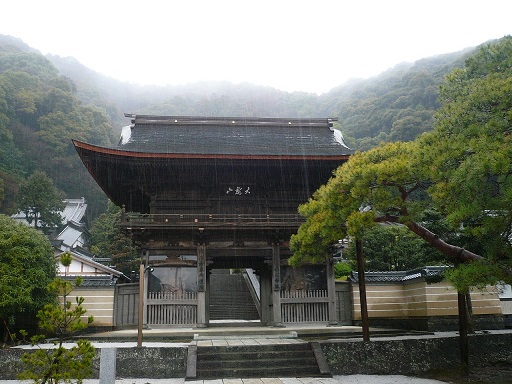
The Deva Gate looks very historical. but it was built in the Meiji Age (1868 - 1912) . The tablet displayed at the deva gate was written by TOKUGAWA Yoshinobu (1837 - 1913) , who was the last "Shogun" in the Edo Age (1603 - 1868) .The deva statues located at the gate were originally in Sengen Shrine in Shizuoka City. |
